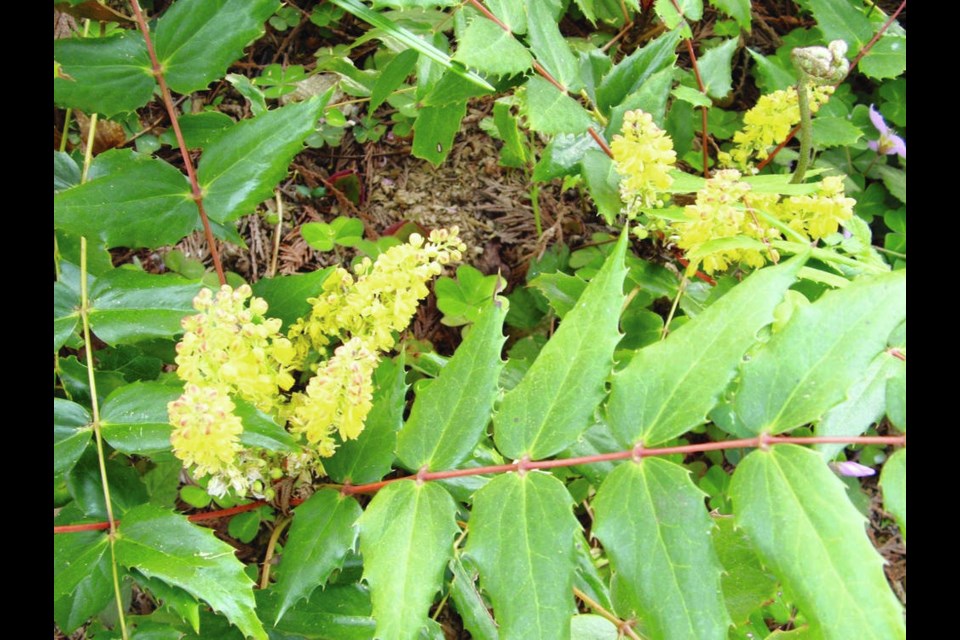Dear Helen: I planted my first rose bushes last year — three Charisma Floribunda roses. They flowered through the fall and beyond. Because the plants kept blooming, I did not prune them. Should I cut them back now or leave them alone? In the fall, I did prune back an Emily Carr rose I’d planted in a container. It had stopped blooming.
D.G.
Floribundas are cluster-flowered bush roses that benefit from a tidying up when leaf buds begin to swell in late winter — usually late this month, depending on the weather.
Begin by removing at their bases any dead, diseased and weak stems. Then cut back remaining stems right above an outward facing bud.
Floribundas are shrubby plants. They don’t require extreme thinning to relieve congestion. Floribundas look better left with an abundance of canes for a dense, massed display of colourful bloom.
That said, when your young plants have put in a few years in the garden, they will benefit from being renewed at pruning time with the removal at their bases of some of the oldest (thickest) growth, to keep the bushes full of young stems.
Emily Carr is a hardy shrub rose that requires a similar tidying procedure as for the Floribundas, though some growers recommend cutting the stems back to about 30 centimetres from the ground to promote plentiful new flowering growth. As with the Floribundas, late winter is the preferred pruning time. Avoid pruning during wet or freezing weather.
Dear Helen: A friend has given me seeds from her wisteria vine. How do I get them to germinate? I’ve heard cuttings are also used to propagate wisteria.
L.B.
Sow wisteria seeds in early spring after soaking them for 24 hours. Use a seeding mix kept only modestly moist during the germination period of one or more months. Keep the pot out of sun, at temperatures in the 13 to 24 C range.
A discouraging note: Seed-grown wisteria vines take from seven to 15 years and sometimes more to bloom. From cuttings taken in late spring or early summer, the plants can bloom in four or five years.
Cuttings should be six to eight cm long, the bottom cut made immediately beneath a leaf node. Choose shoots with closely spaced nodes. Remove the bottom leaves and pinch out the growing tip before inserting cuttings into holes made into a lightweight, fast-draining potting mix. Keep the cuttings in a warm, humid environment, out of direct sun during the rooting period.
Plants grown from layering in spring can flower in three years. This method is possible only if one of the vine’s long stems can be bent down to the ground. The method is called “layering” because it involves laying a portion of stem (still attached to the mother plant) in a shallow furrow in the soil, where it will form roots to create a new plant.
If there is a useable stem, first look for a leaf node 25 or 30 cm from the stem tip. Where that node will meet the ground, loosen and prepare the soil with compost and a little bone meal. Set the stem section with its de-leafed node five cm deep. Cover it, and place a flat stone on top to keep the layer in position and the soil cool and moist. A new rooted plant should be ready for separation from the parent plant and potting the next spring.
Where soil conditions beneath the vine are not suitable, the layering can be done in a pot. Many vining plants such as clematis and honeysuckle can be propagated in the same way.
Dear Helen: I’ve noticed native plants, Oregon wintergreen (Gaultheria ovatifolia) among them, in garden centres. Is it OK to plant them outdoors now?
P.S.
We are closing in on “safe” planting time for hardy shrubs and trees, but as the recent period of freezing weather has illustrated, February (and even early March in some years) can be unpredictable. I would wait to plant until the weather has settled into a mild pattern.
I’m not a big fan of planting in freezing or rain-drenched weather. It’s too hard on plants trying to set forth new roots that are vulnerable to rotting in cold, wet conditions.



